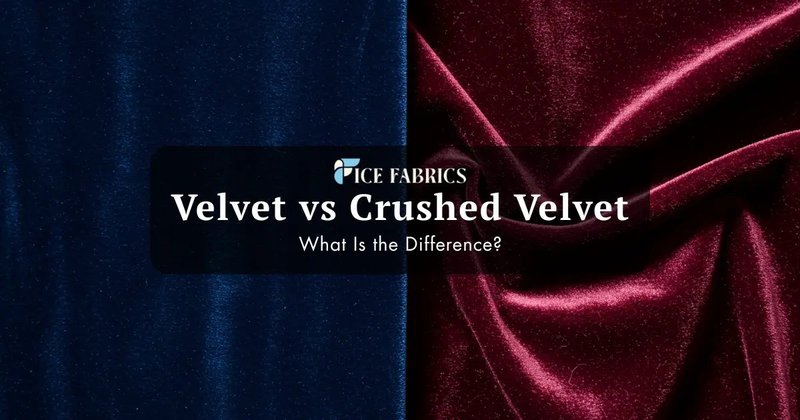
Habitat fragmentation occurs when larger habitats get split into smaller, isolated sections, often due to human activities like logging, urban development, or agriculture. Imagine breaking a beautiful, sprawling park into tiny patches—you’d lose the flow of nature, right? That’s essentially what happens to velvet worms and countless other creatures when their habitats are disrupted. Understanding how velvet worms adapt to living in these divided spaces can shed light on broader ecological issues, making this topic both captivating and crucial for conservation efforts.
Now, let’s dive deeper into the world of velvet worms and how they respond to the challenges presented by habitat fragmentation, shall we?
What Are Velvet Worms?
Velvet worms, or *Onychophora*, are unique creatures that inhabit the leaf litter of moist tropical and subtropical forests. They look a bit like a cross between a worm and a caterpillar, with soft, velvety skin and multiple legs that give them a distinct appearance. Living in dark, damp environments, they play a critical role in the ecosystem, especially in nutrient cycling.
Here’s the thing: these creatures have been around for about 500 million years. That’s a lot of time to evolve and adapt! They’re predatory, feeding mainly on small insects and other invertebrates. With their specialized slime glands, they can shoot a sticky substance to capture prey. Imagine that for a second— it’s like they have their own built-in glue gun for hunting!
Despite their resilience, velvet worms face significant challenges when their habitats get fragmented. Their reliance on specific ecosystems makes them vulnerable to changes. So how do they deal with living in smaller, isolated patches of their once vast environments?
Understanding Habitat Fragmentation
Habitat fragmentation can happen for many reasons, but the most common are human activities. Think about clearing land for farming, building roads, or expanding cities. Each of these actions cuts through natural landscapes, dividing them into smaller sections where plants and animals might struggle to survive.
This fragmentation can lead to several problems. First, it can reduce food availability for species that need larger territories to hunt or forage. For velvet worms, this means limited access to insects, which can affect their ability to thrive.
Second, fragmented habitats can isolate populations. Imagine being stuck in a small room with no way to connect with others. That’s what it’s like for velvet worms when their habitats are cut off. Without the chance to mingle with other worms, their gene pool can shrink, leading to a loss of genetic diversity. This can make them less resilient over time to diseases and environmental changes.
How Velvet Worms Adapt to Fragmented Habitats
You might be wondering how velvet worms manage to survive these tough conditions. One way they cope is by adjusting their behavior. When living in fragmented areas, they often become more secretive, spending more time hidden in crevices or leaf litter to avoid predators and conserve moisture.
Another adaptation is their breeding patterns. Velvet worms typically reproduce slowly, which can be a challenge in fragmented habitats. However, some species have been observed to increase their reproductive rates when faced with tough conditions, ensuring that their populations can thrive even in smaller, isolated spaces.
Moreover, these worms can also migrate between fragments, if the conditions allow it. For instance, during periods of rain, they might venture out to find new areas to inhabit, seeking moisture essential for their survival. This mobility can help maintain genetic diversity and promote healthy populations.
The Role of Moisture in Their Survival
Moisture is crucial for velvet worms. These creatures thrive in humid environments, and when habitats become fragmented, maintaining that moisture can be tricky. Smaller patches of habitat may dry out quicker than larger areas, making it harder for them to find suitable living conditions.
Here’s where things get interesting. Velvet worms have a fascinating ability to absorb moisture from the environment. They can even slow down their metabolism during dry spells, allowing them to survive with less water. This adaptability is key in fragmented habitats where water availability can fluctuate significantly.
Keeping their habitat moist also influences the types of plants and animals that can coexist with them. When humidity levels drop, it can alter the entire ecosystem, making it less suitable for both velvet worms and their prey.
Conservation Efforts for Velvet Worms
Given the challenges velvet worms face from habitat fragmentation, conservation efforts are essential. Protecting their natural habitats is a priority for researchers and conservationists. This includes advocating for sustainable land-use practices and creating wildlife corridors to connect fragmented habitats.
Additionally, studying the behavior and genetics of velvet worms is crucial. Understanding how they adapt to their environments can help scientists develop strategies to assist in their survival. This might mean restoring natural habitats or even creating artificial environments that mimic their natural ones.
Community involvement also plays a significant role in conservation efforts. Awareness campaigns can help educate the public about these unique creatures, encouraging local initiatives to protect their habitats.
Challenges Ahead for Velvet Worms
Despite the resilience of velvet worms, the future holds challenges. Climate change poses a significant threat, potentially altering their habitats even more drastically. As temperatures rise and rainfall patterns shift, velvet worms may find it increasingly difficult to adapt.
With urbanization continuing to expand, the risk of habitat fragmentation remains high. The delicate balance they’ve maintained over millions of years could tip, leading to declines in their populations if proactive measures aren’t taken.
Here’s the thing: Every species matters in the grand scheme of things, and losing velvet worms could have ripple effects throughout their ecosystems. Protecting these fascinating creatures is not just about saving them; it’s about preserving the intricate web of life they help sustain.
Understanding how velvet worms respond to habitat fragmentation gives us a glimpse into the complex relationships within ecosystems. It’s a reminder that even the smallest creatures play a significant role in maintaining balance. By recognizing the challenges they face, we can work toward solutions that help protect their habitats and ensure their survival.
So, next time you hear about habitat fragmentation or conservation efforts, think of the velvet worm. It’s a small creature with a big story that may help us understand the importance of preserving our natural world. After all, every thread in the web of life is worth saving.

